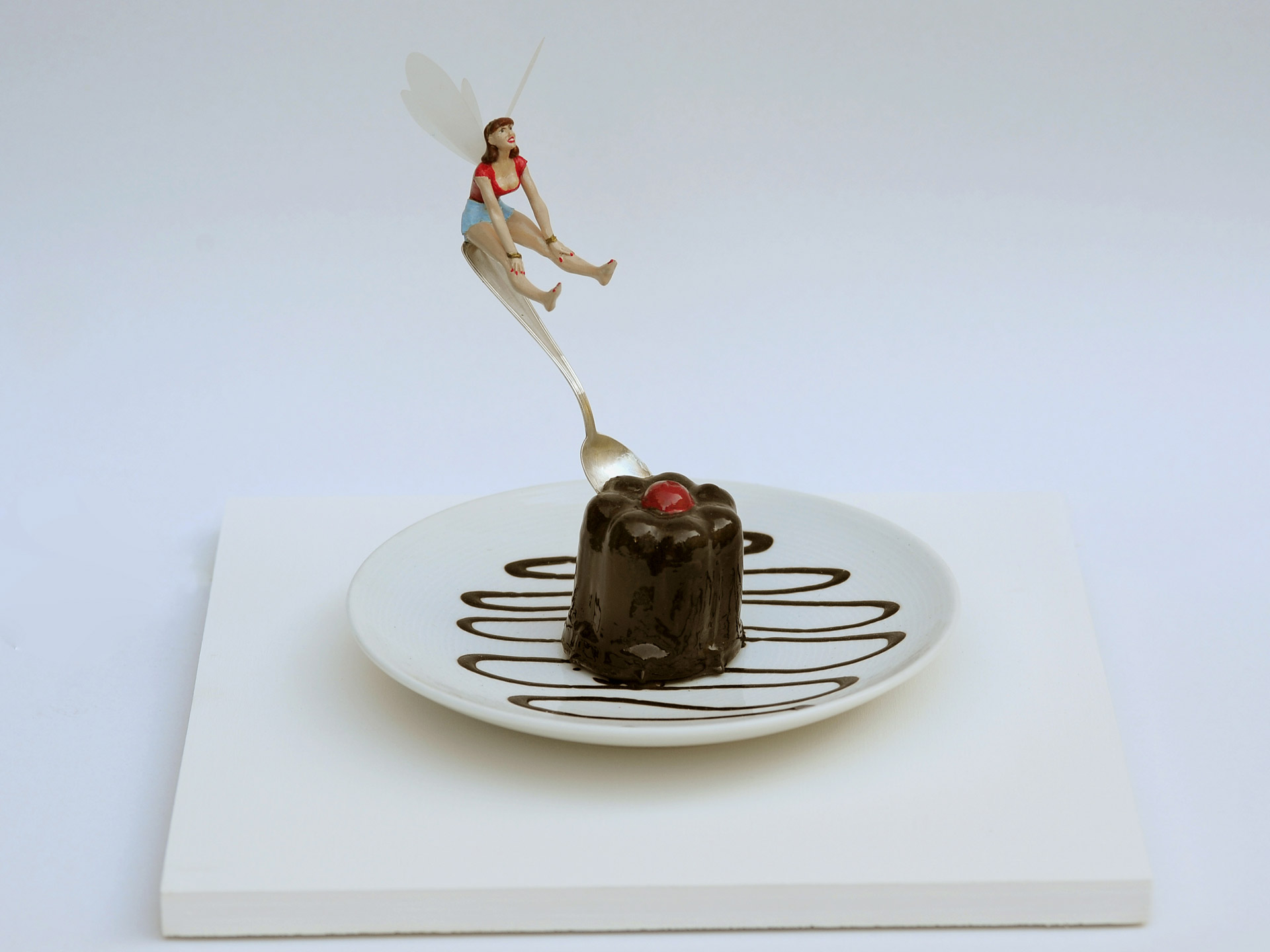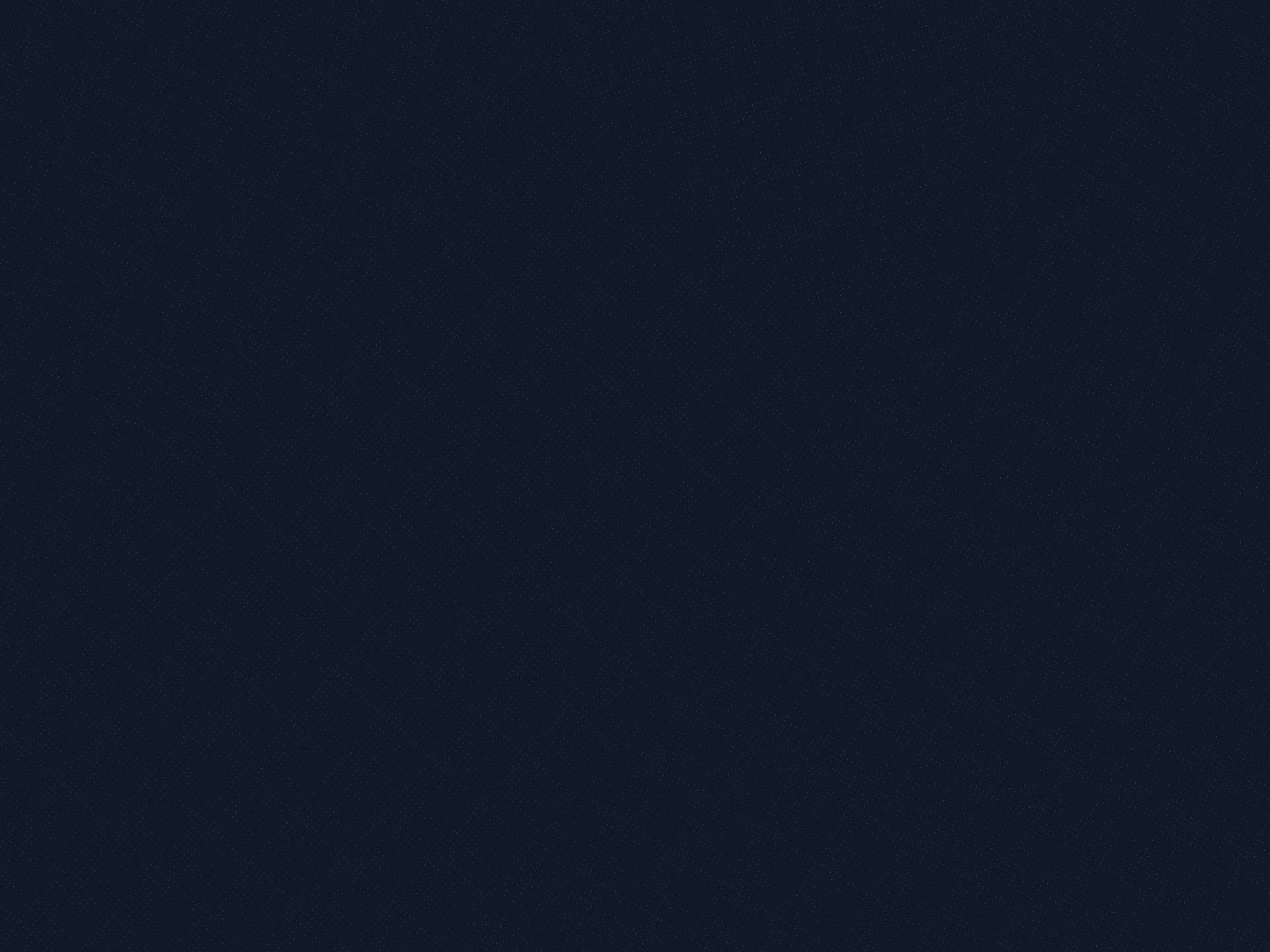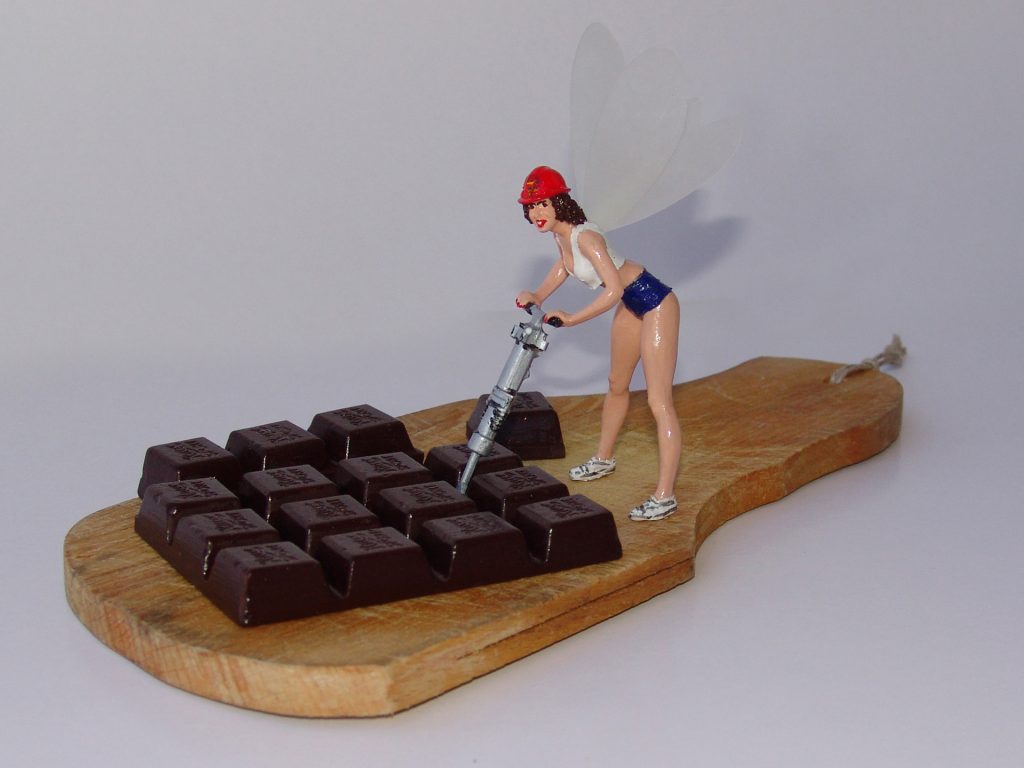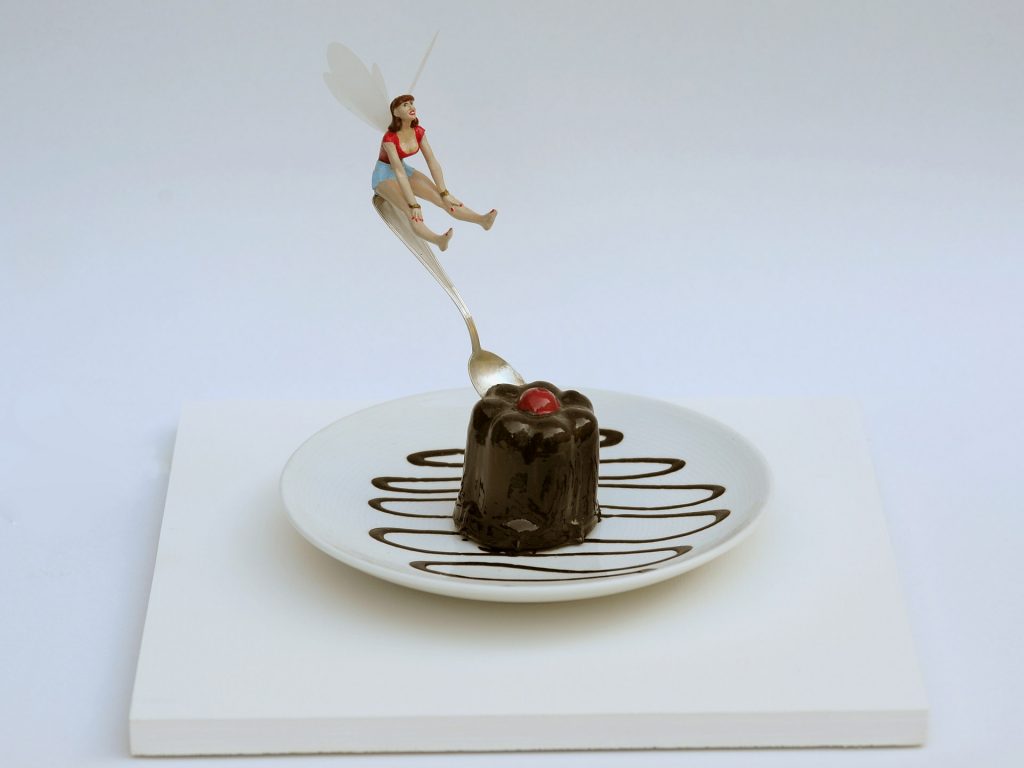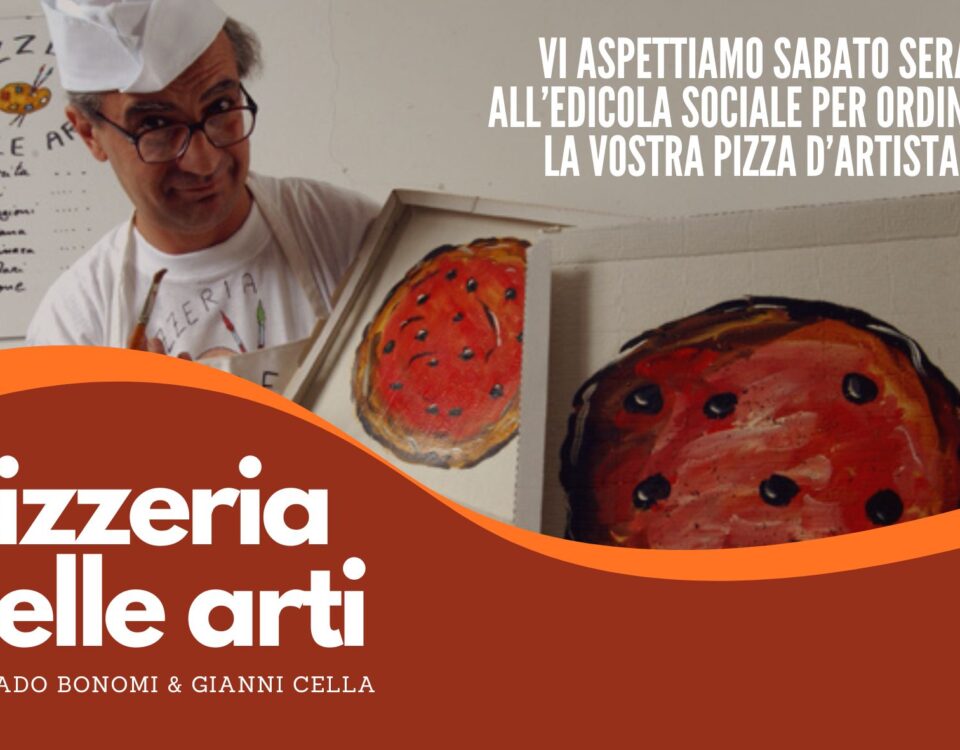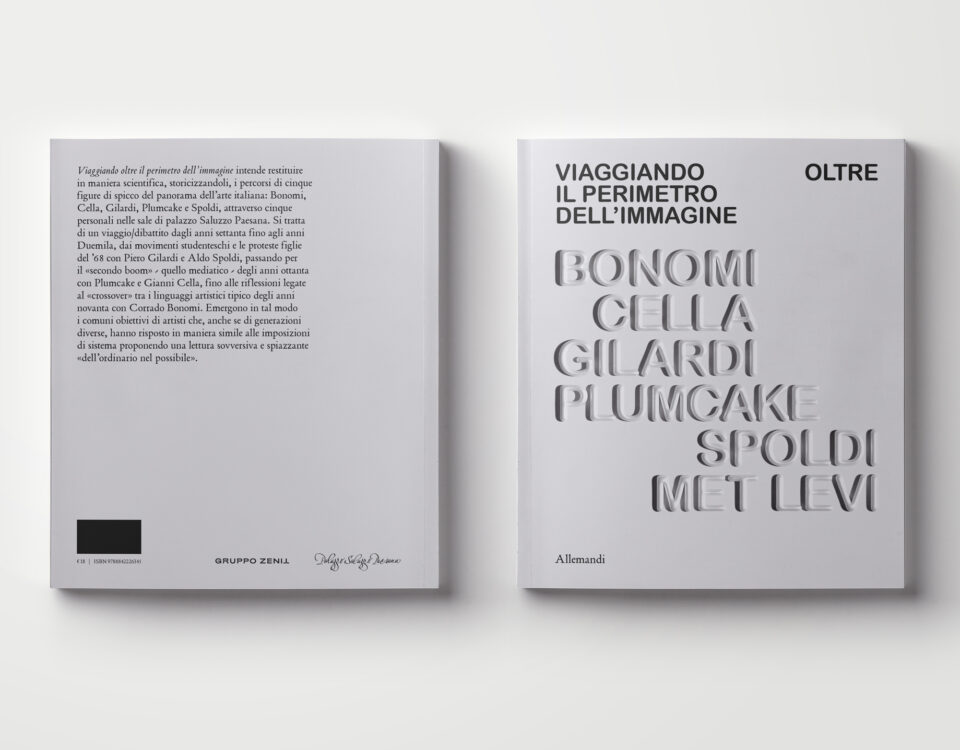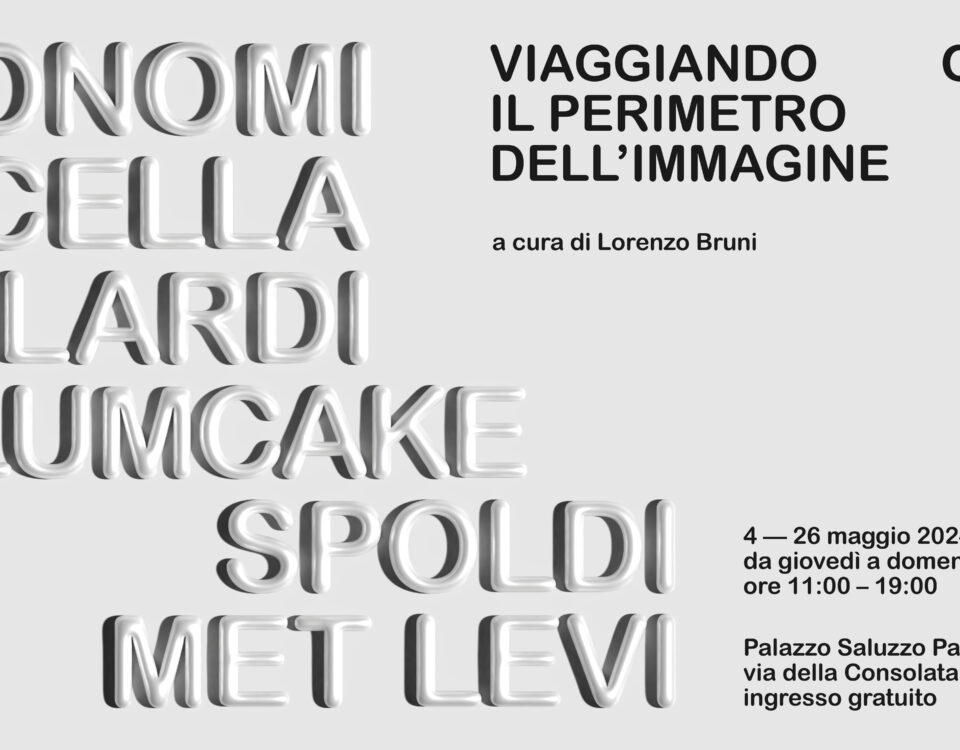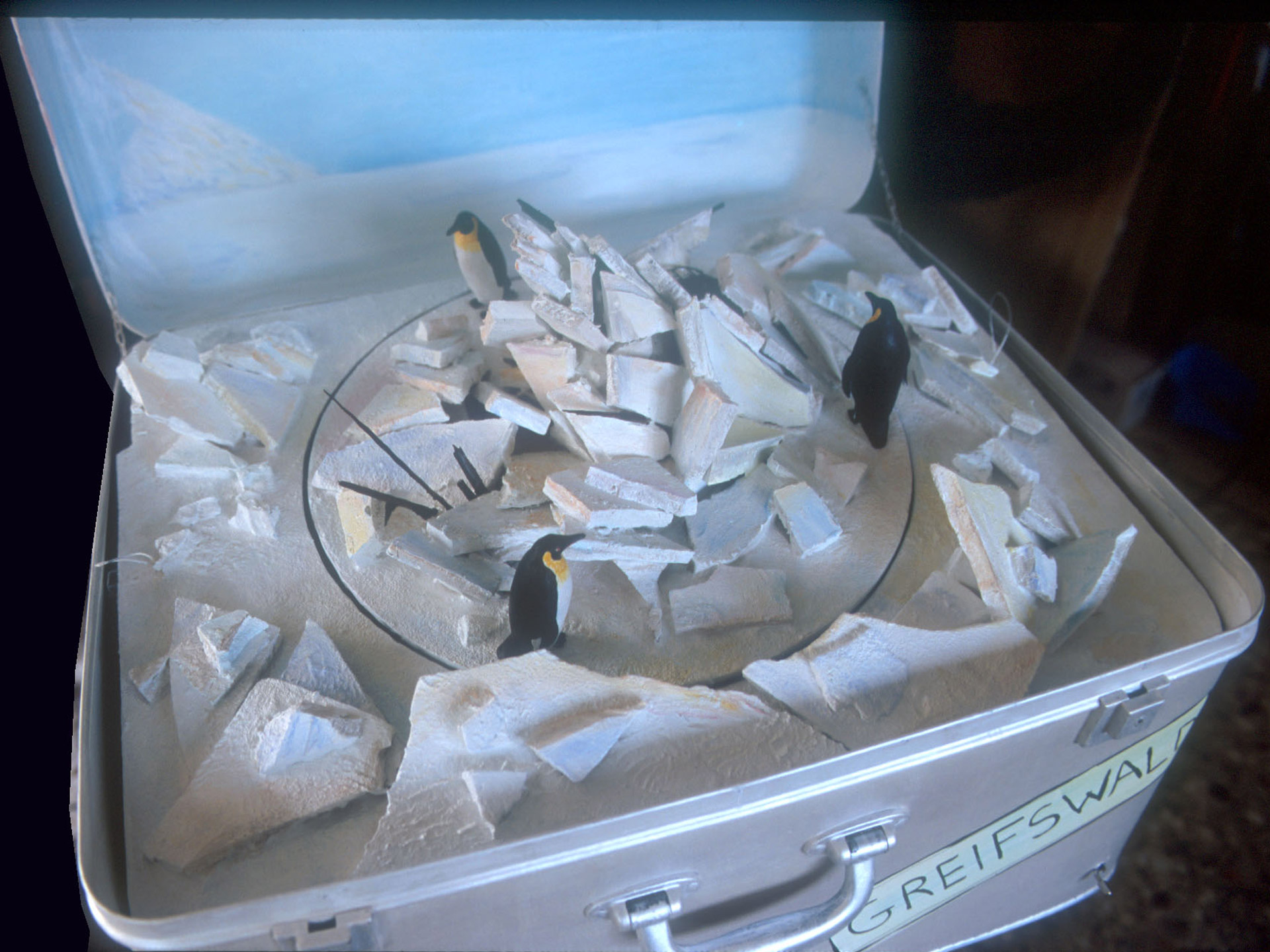
HIRSCH FAKTOR
21/10/2011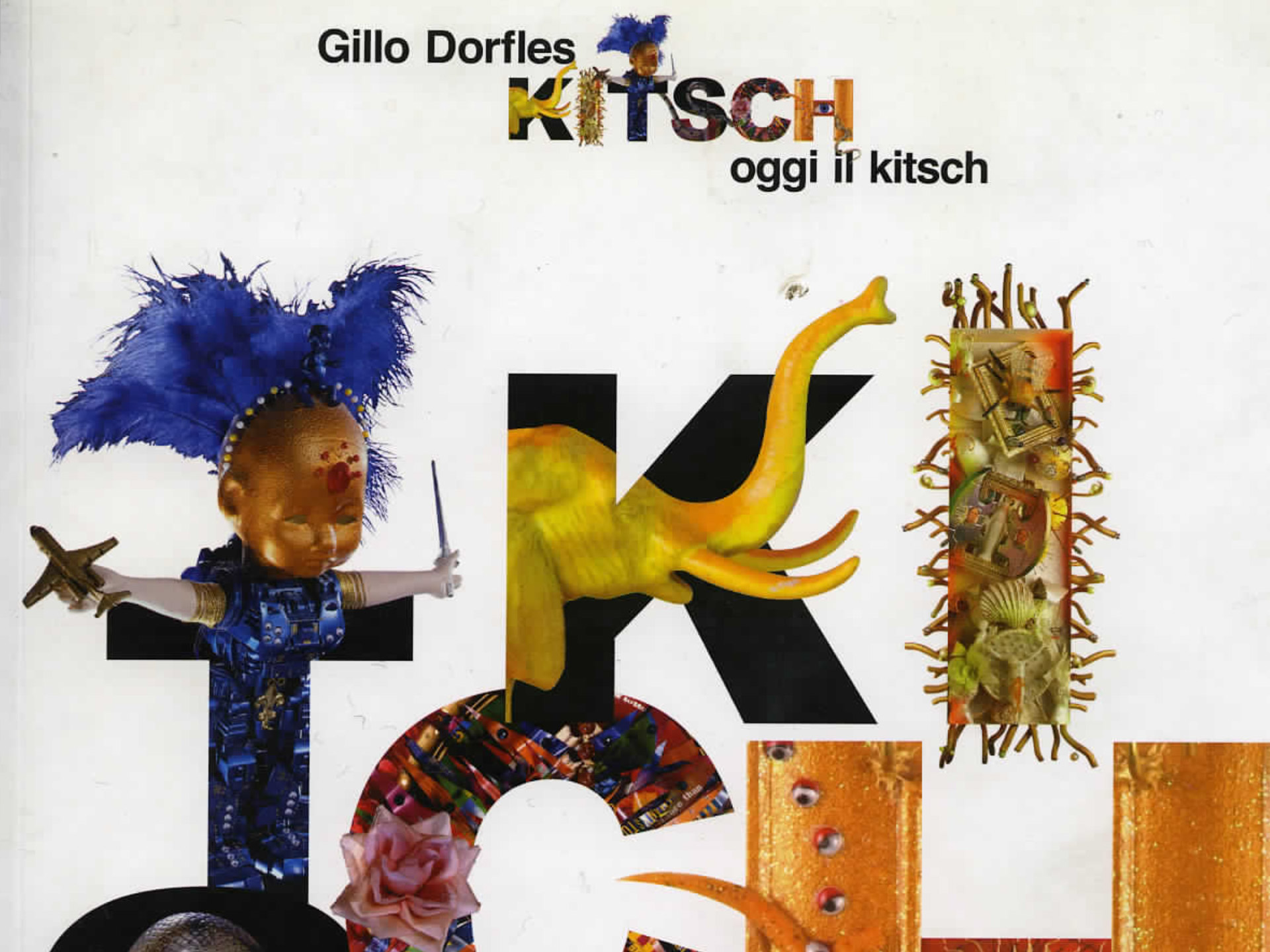
Oggi il Kitsch
12/06/201213/05/2012 - 30/09/2012
Museum Ritter. Alfred Ritter Strasse, 27
Waldenbuch
With this exhibition Museum Ritter is making a small departure from its normally square course through its exhibition programme and showing art relating to the subject of chocolate. The reason for this digression is the 100th anniversary of the Ritter company in 2012. A lot has been said about chocolate: it is so wonderful it’s almost a sin, its scent is full of promise, it simply melts on the tongue, and it consoles us and has a calms our nerves. Most people regard chocolate as the height of pleasure, but too much of a good thing can soon produce a bitter aftertaste. It is little surprise then that modern art has discovered that this seductive, exotic and simultaneously everyday article is a fascinating substance for art. Yes, and precisely its great sensuality, along with that strange ambivalence that makes it a “guilty pleasure” and its great potential for contradictoriness have prompted these artistic reflections. Even if its original purpose lies far removed from art, chocolate is nevertheless an excellent material for painting or indeed for sculpture, and one that appeals to several senses at the same time.
However, unlike traditional art materials it undergoes a comparatively rapid process of natural decay. As such, chocolate when used as a material repudiates art’s lofty claim to be of eternal value. And often this is the very reason why this delectable substance has established itself as a popular material in the visual arts since the war. Abbildungen von links nach rechts: Ausstellungsansichten, Fotos (c) Museum Ritter Bettina Bürke & Klaus Illi, Frucht der Verheißung, 2012 (c) VG BIld-Kunst, Bonn 2012 Wenngleich ihrer ursprünglichen Bestimmung nach ein kunstfernes Material, so eignet sich Schokolade doch vorzüglich als malerisches oder als bildhauerisches Mittel, das gleich mehrere Sinne simultan anspricht. Im Unterschied zu den traditionellen Werkstoffen der Kunst unterliegt sie jedoch einem vergleichsweise raschen natürlichen Verfallsprozess. Dem Ewigkeitsanspruch der Kunst erteilt das Material Schokolade somit eine Absage. Dennoch, oft sogar gerade deshalb, hat sich seit der Nachkriegszeit die kakaohaltige Substanz als Werkstoff in der bildenden Kunst etabliert. Pictures from left to right: Cornelius Völker, Schokolade, 1995 Sonja Alhäuser, Schokoladenmaschine 1, 1997 (Detail) David Neat, Faim de Siècle, 2000 Karin Kneffel, o.T. (Bild 2011 / 5), 2011 alle (c) VG Bild-Kunst, Bonn 2012 Apart from numerous works made of chocolate, the exhibition also contains a large number of works from a variety of disciplines which revolve around chocolate in the broadest sense, but without actually consisting of the delectable temptation.
Thus the show with its almost 60 objects, paintings, prints, installations, photographs and videos by almost 40 artists from the 20th and 21st centuries gives a highly differentiated insight into art made of chocolate and art done with chocolate as its motif. Historical approaches by artists such as Kurt Schwitters, Marcel Duchamp, Joseph Beuys and Dieter Roth are every bit as present as “material pictures” or collages from the 1960s and 1970s, along with outstanding examples of cutting edge art done in chocolate. The works show how different artistic inquiries into chocolate have proved to be to this day – even if they are often highly seductive and always original. In short, this art has at least as many facets as there are varieties of chocolate. Artists in the Exhibition: Sonja Alhäuser, Peter Anton, Günter Beier, Joseph Beuys, Corrado Bonomi, Stephen Craig, Paul McCarthy, Marcel Duchamp, Maria Dundakova, Ulrike Flaig, Yang Ah Ham, Richard Hamilton, Al Hansen, Thomas Heger, Dagmar Hugk, Klaus Illi & Bettina Bürkle, Ruth Knecht, Karin Kneffel, Lernert & Sander, Anja Luithle, Guido Münch, David Neat, Mel Ramos, Thomas Rentmeister, Hans Peter Reuter, Dieter Roth, Judith Samen, Karin Sander, Roswitha Schaab, Rolf Schneider, Roswitha Schober, Kurt Schwitters, Timm Ulrichs, Cornelius Völker, Wolf Vostell.
Per saperne di più http://www.museum-ritter.de/sprache2/n2075628/n.html
